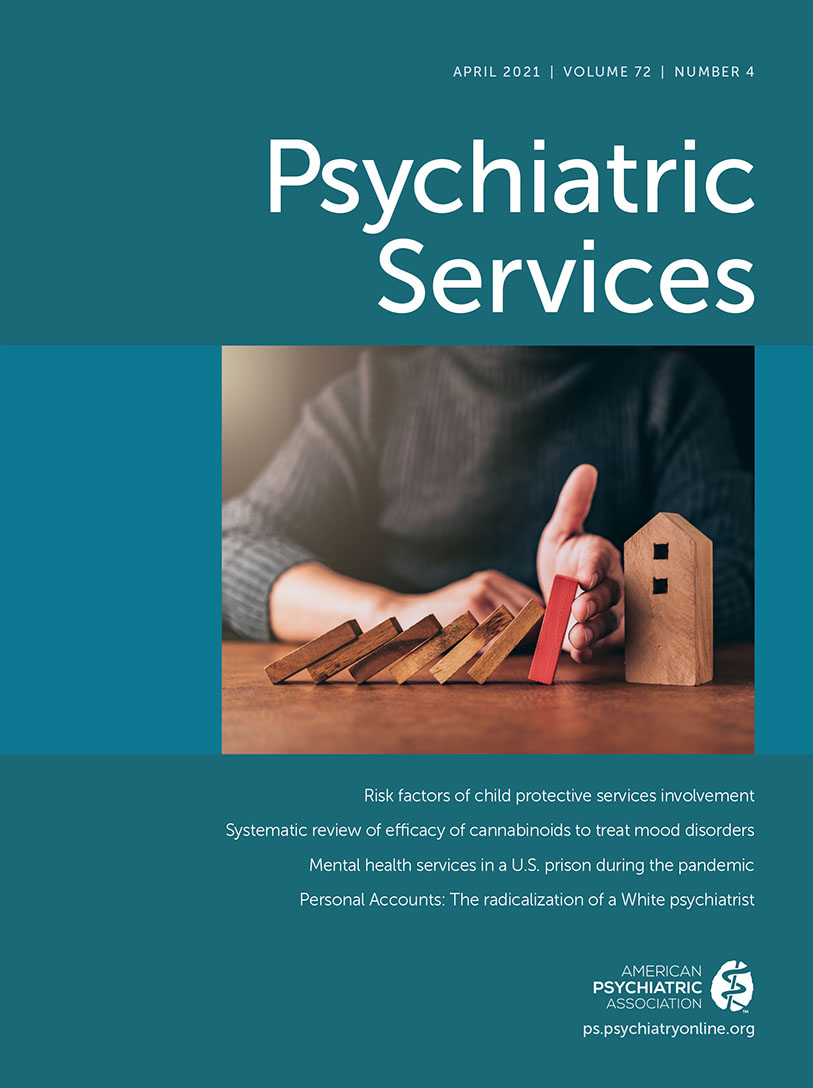Small Area Analysis of Veterans Affairs Mental Health Services Data
Abstract
Objective:
To identify geographic variation in mental health service use in the Department of Veterans Affairs (VA), the authors constructed utilization-based VA mental health service areas (MHSAs) for outpatient treatment and mental health referral regions (MHRRs) for residential and acute inpatient treatment.
Methods:
MHSAs are empirically derived geographic groupings of one or more counties containing one or more VA outpatient mental health clinics. For each county within an MHSA, patients received most of their VA-provided outpatient mental health care within that MHSA. MHSAs were aggregated into MHRRs according to where VA users in each MHSA received most of their residential and acute inpatient mental health care. Attribution loyalty was evaluated with the localization index—the fraction of VA users living in each geographic area who used their designated MHSA and MHRR facility. Variation in outpatient mental health visits and in acute inpatient and residential mental health stays was determined for the 2008–2018 period.
Results:
A total of 441 MHSAs were aggregated to 115 MHRRs (representing 3,909,080 patients with 52,372,303 outpatient mental health visits). The mean±SD localization index was 59.3%±16.4% for MHSAs and 67.8%±12.7% for MHRRs. Adjusted outpatient mental health visits varied from a mean of 0.88 per year in the lowest quintile of MHSAs to 3.14 in the highest. Combined residential and acute inpatient days varied from 0.29 to 1.79 between the lowest and highest quintiles.
Conclusions:
MHSAs and MHRRs validly represented mental health utilization patterns in the VA and displayed considerable variation in mental health service provision across different locations.



